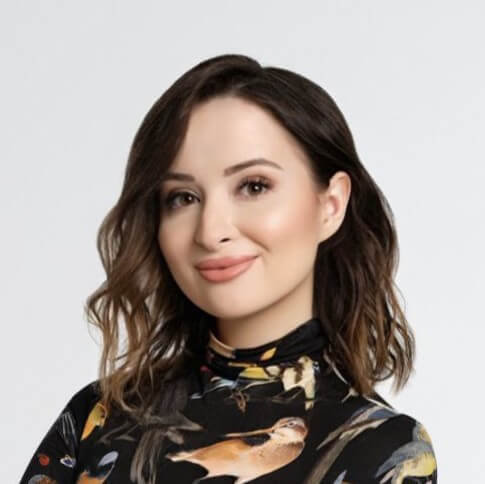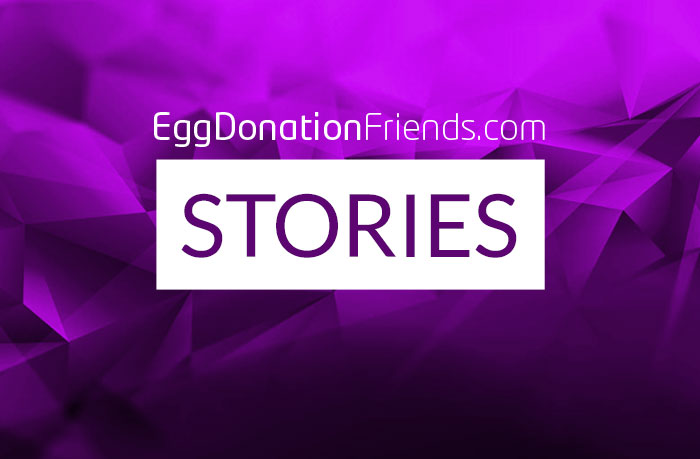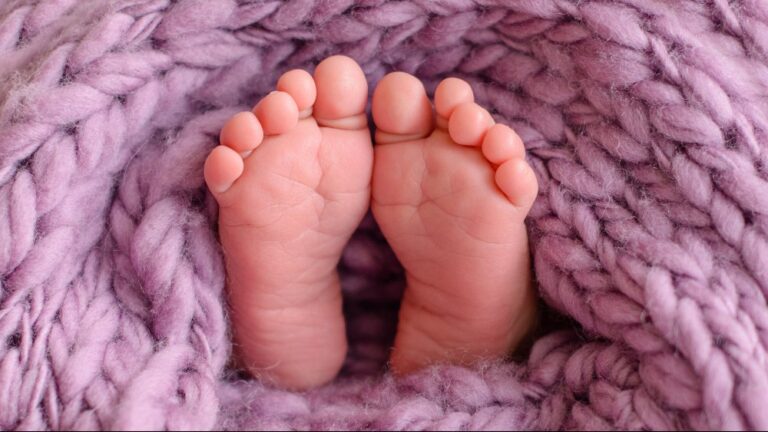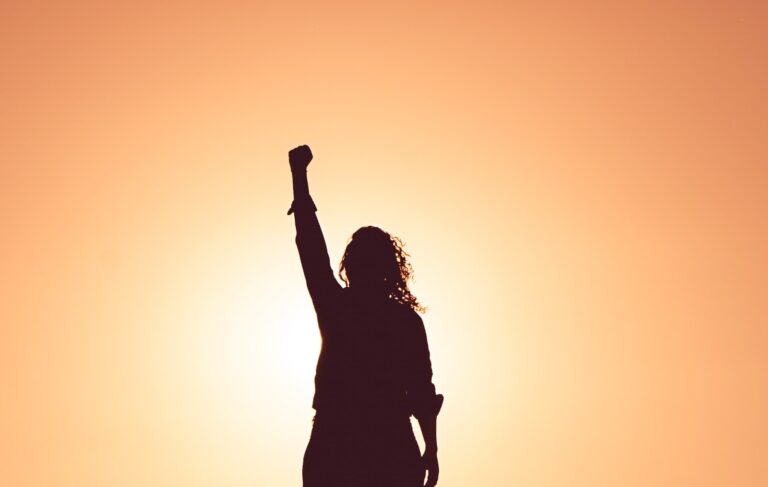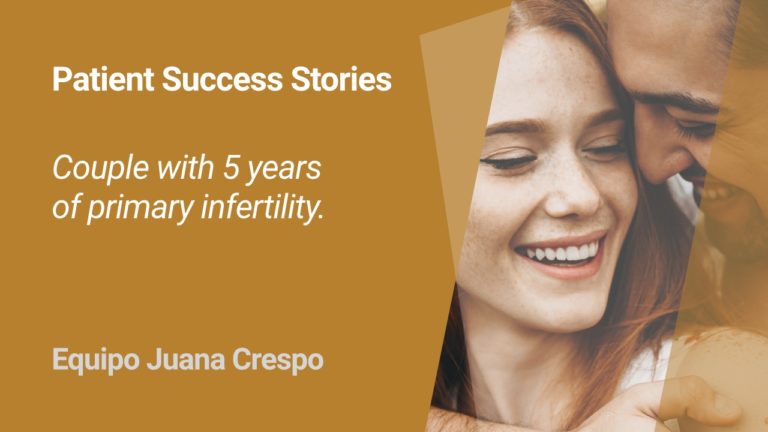Teddy is my niece. Her real name is Chloe, but she chose the name teddy for herself, after Super Ted from TV. My sister Jenny is mum, and my brother-in-law Pete is Spotty Man. If that all seems too obscure, look it up on YouTube, trust me, you won’t regret it. Teddy is six years old, and one of the most loving, imaginative and adorable children ever. Teddy lives with Down’s syndrome.
In fact we all do. Everyone in the family has been there with Teddy every step of the way, supporting and helping Teddy Jenny and Pete to live in a world of acceptance and understanding. Terry goes to the local school, just like every other kid in the neighbourhood, and I want to believe that she is accepted and loved for the quality and beauty for her heart and not despite her downs. We will offer as much help as we can to Jenny in her running of the local support groups for Down’s parents, and general motorway in our own little way we have all minor experts in managing Teddy’s condition.
So let me dispel a few myths right now.
Down’s syndrome is the result of a chromosome disorder. To put it in technical terms, people born with Down’s syndrome have an extra chromosome, caused by an abnormal cell division earlier on in the pregnancy, either in the egg or the sperm. In other words, a totally random event. Down’s syndrome is not a hereditary condition; it is not passed down from parent to child. Yes, there can be a component that is hereditary and can lead to Down’s. But notice, “can”, not “will”. It is true that the older the mother, and sometimes the older the father, the more likely a Down’s birth, but Down’s babies are not solely the preserve of older parents.
All this I know to be true, but somehow, knowing it, is not the same as feeling it.
I had long ago gone through a fairly amicable divorce, after a fairly loveless marriage, and had consciously made the decision to focus on my career. So, I wasn’t really looking for love when Declan and I met, somehow it just grew. Declan worked in the same field as I, and we really got together through a shared enthusiasm for our work. We had both just been promoted, to senior partners, at different law firms, on the other side of the city, and it was surprising that we had never previously met, considering the small world of conveyancing. We were both fairly advanced in our careers, I was 39, he was 44, both pretty settled, so the whirlwind romance that followed came as a surprise to everyone we knew, to say the least. Neither of us particularly wanted to get married, there was one thing though that was sure. We both wanted kids, despite our ages, and despite both of us being somewhat set in our ways.
Two years of trying failed to produce a viable pregnancy, so we decided to go for a checkup. Again, without wanting to be too technical, transvaginal ultrasound showed that I was suffering from ovarian insufficiency.
The gynaecological clinic referred us both to counselling, more to explain and explore the options that we have for parenthood, and that was when the idea of egg donation was raised.
Both Declan and I decided that we wanted to raise a child, and were willing to do whatever it took, so began to look into a donation.
Eggdonationfriends.com was the first website that we looked at and was thrilled when they came back with some recommendations for treatment for us. By far the most attractive offer was a clinic in Spain who would be able to organise an egg donor, and would be able to look after us. The clinic’s success rate was high and they specialised in order mothers, and in particular patients from overseas.
This is where things start to get a little difficult to explain. So please bear with me, it really was just a matter of wanting to know what we were getting into and we really only wanted to know in advance as much as we could about any potential problems our child would face. I can’t say that I would choose to be in Jenny’s situation, and I know how lucky both of us would be to have a daughter or son as loving and adorable as Teddy. It really was just a case of being forearmed. I spoke to Jenny about our plans, dreading her reaction. Teddy’s Down’s hadn’t shown up on any scan and she confessed that if it had, she genuinely would not have known what to do. Of course, we should have all tests done.
The clinic in Spain were very sympathetic to our needs, and recommended performing pre-gestational genetic screening just to be clear that there were no chromosome markers for Down’s.
They would also be able to check for other genetic conditions, such as Klinefelter’s, and Patau syndrome. The total cost of treatment, including the egg donation and all the advanced tests would amount to €10,000, a small price to pay for peace of mind.
We booked a two-week stay in a wonderful hotel in Barcelona, and made our way to the clinic once we got settled. There were three eggs from our selected donor and these were fertilised, resulting in three viable embryos, two of which were tested three days later, using a Array Comparative Genomic Hybridization technique. Again with the technicalities, but this is where they compare the chromosomes from the test subject to a control sample. This technique, aCGH, is able to pick up a greater number of problems than by using other methods. The tests came back clear, so one of the embryos was implanted, and the other frozen.
All of that was a year ago, and our joy is complete. Now, Teddy has a cousin in Nathan, a new loving and loved member of our wider family.
